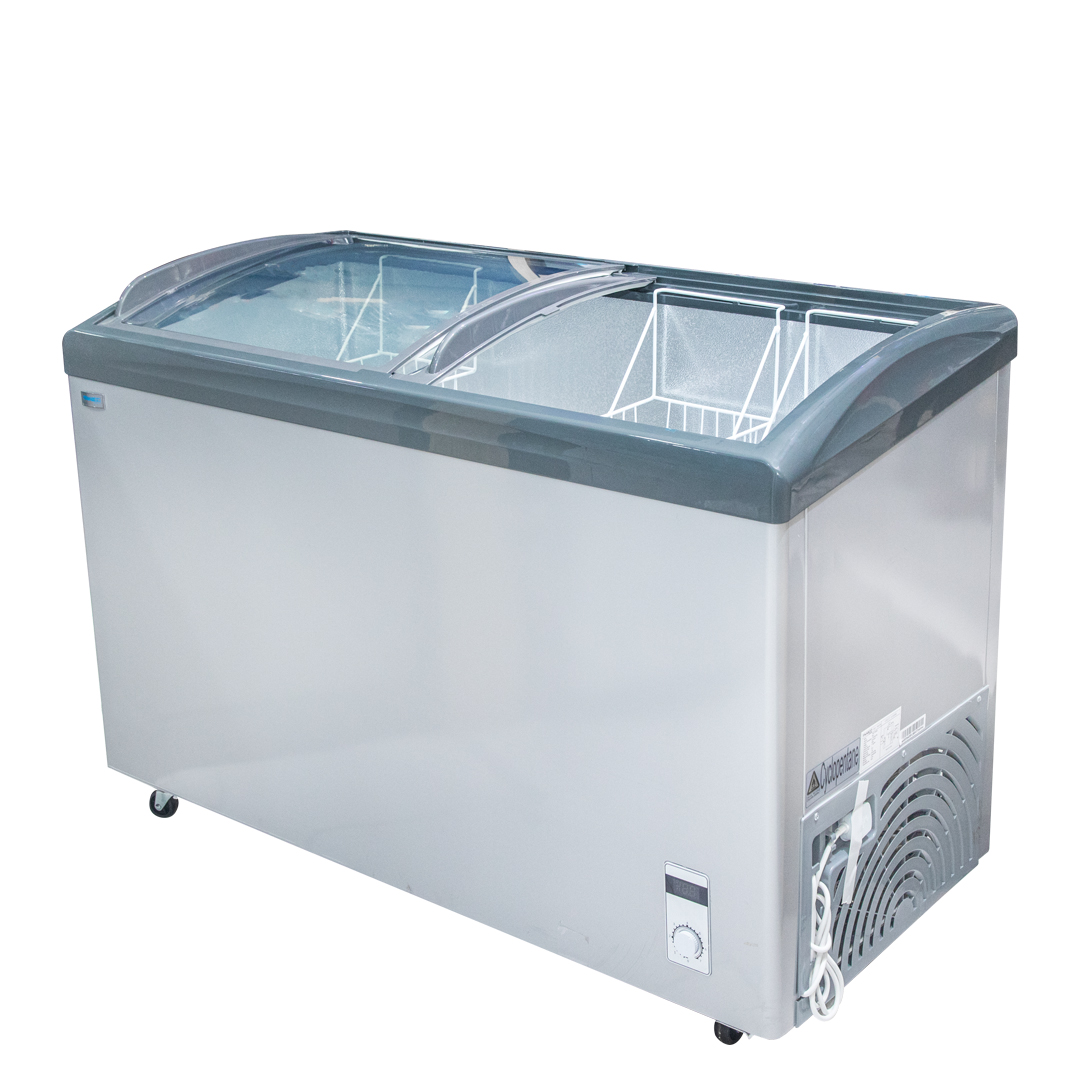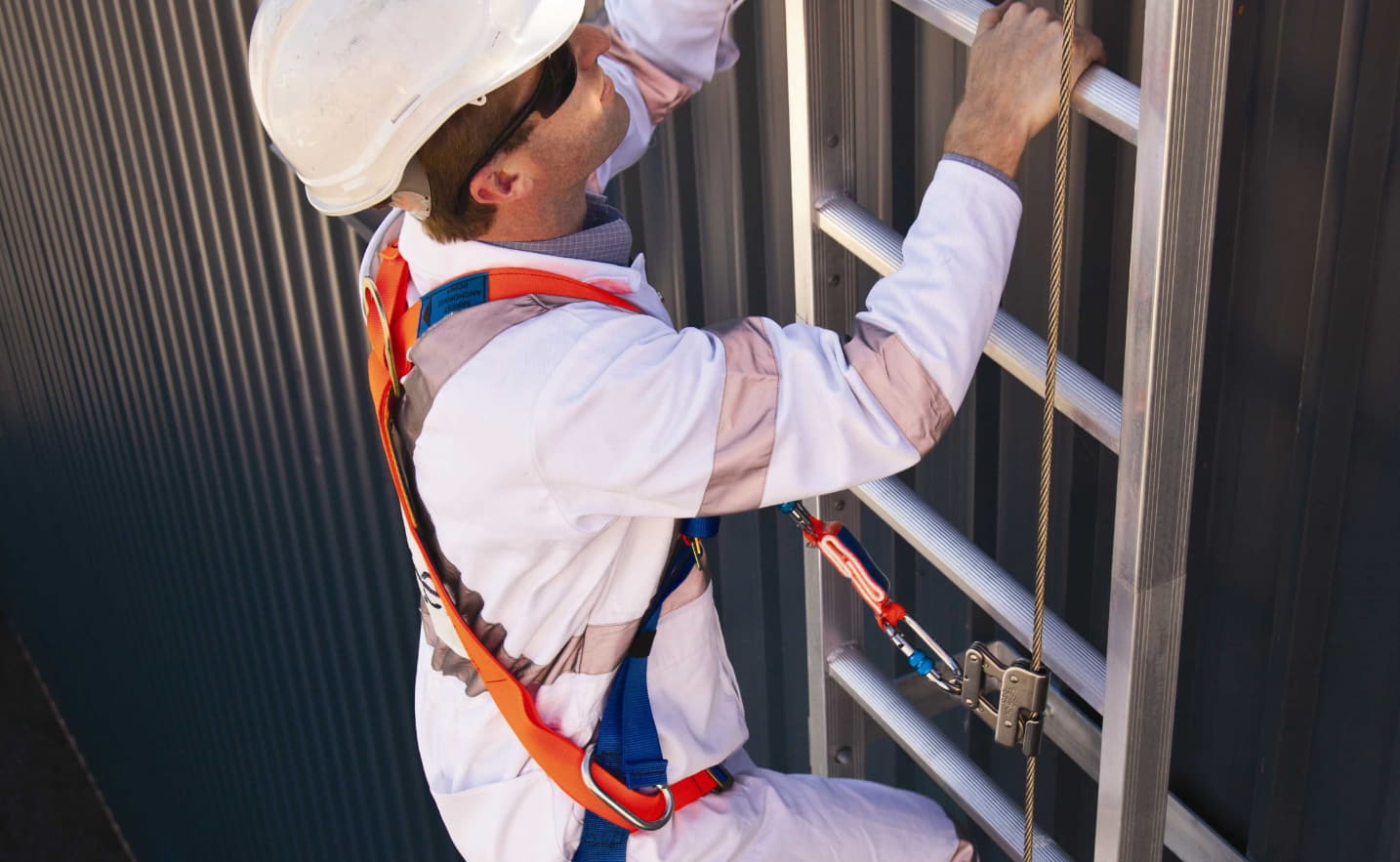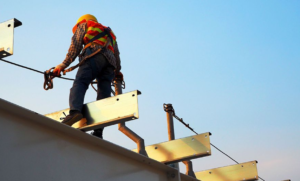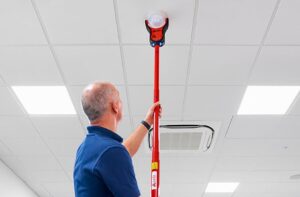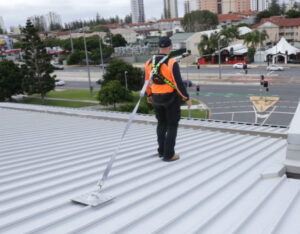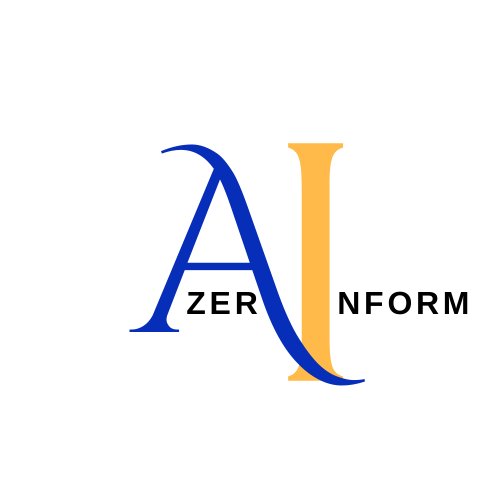A fall restraint system is a critical component of workplace safety, providing a robust defence against the risks associated with working at heights. As employers and employees alike prioritize safety, understanding the key benefits of an effective system becomes paramount.
1. Preventing Falls and Minimizing Risks
The primary function of a fall restraint system is evident in its name—restraining falls. By utilizing secure anchor points and reliable harnesses, these systems prevent workers from reaching points where they could fall. This proactive approach significantly minimizes the risks associated with working at elevated levels, creating a safer environment for everyone involved.
2. Enhancing Worker Confidence and Productivity
When employees feel secure in their working environment, their confidence levels soar. An effective system provides a psychological boost, allowing workers to focus on their tasks without the constant fear of a potential fall. This increased confidence translates into improved productivity, as employees can work efficiently and effectively, knowing that their safety is a top priority.
3. Compliance with Safety Regulations
Regulatory bodies and industry standards mandate the implementation of fall protection measures in workplaces where the risk of falling exists. An effective fall restraint ensures that businesses comply with these safety regulations. By doing so, employers not only avoid legal repercussions but also demonstrate a commitment to the well-being of their workforce.
4. Reducing Workplace Injuries and Related Costs
Workplace injuries resulting from falls can lead to significant financial burdens for both employers and employees. Medical expenses, workers’ compensation claims, and potential legal fees are just a few of the costs associated with such incidents. An effective fall restraint system acts as a preventive measure, reducing the occurrence of falls and, consequently, the financial strain associated with workplace injuries.
5. Long-term Cost Savings and ROI
While the initial investment in a comprehensive system may seem substantial, the long-term cost savings far outweigh the upfront expenses. By preventing falls and minimizing injuries, businesses save on medical costs, insurance premiums, and potential legal fees. Additionally, the increased productivity resulting from a secure working environment contributes to a positive return on investment (ROI) over time.
Conclusion
In conclusion, the benefits of implementing an effective fall restraint system extend beyond mere compliance. They create a culture of safety, boost worker confidence, and result in substantial cost savings for businesses. As the importance of workplace safety continues to gain prominence, investing in a reliable system is not just a legal requirement but a strategic decision that pays dividends in the form of a safer and more productive work environment.

 Home
Home